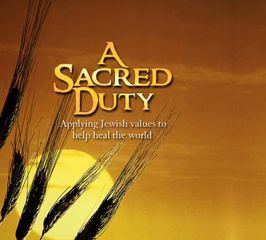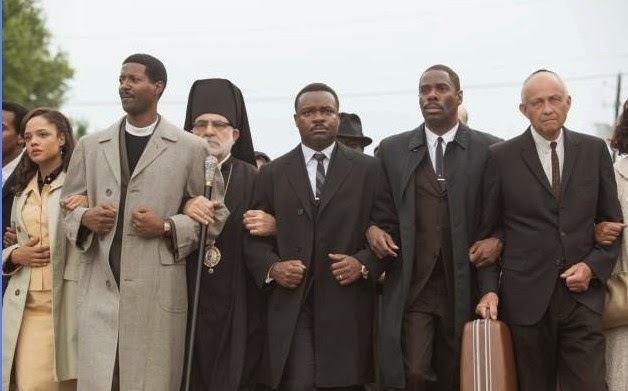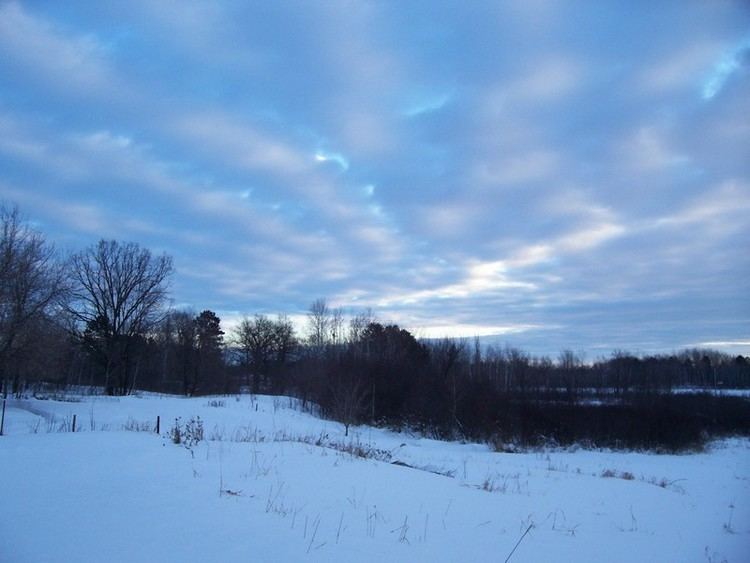A Sacred Duty
8 /10 1 Votes8
Duration Language English | ||||||||||||||||||||||||||||||||||
 | ||||||||||||||||||||||||||||||||||
Release date October 2007 (2007-10) | ||||||||||||||||||||||||||||||||||
A sacred duty applying jewish values to help heal the world
A Sacred Duty, subtitled Applying Jewish values to help heal the world, is a 2007 60-minute documentary from Jewish Vegetarians of North America (JVNA), written and produced by Lionel Friedberg. The film focuses on Jewish teachings about caring for the earth, treatment of animals, and the environment, with a focus on vegetarianism. Interviews with rabbis, activists, and scholars are interspersed with footage and stills illustrating the points being discussed.
Contents
- A sacred duty applying jewish values to help heal the world
- A sacred duty
- Synopsis
- Cast
- Production
- Distribution
- References

A sacred duty
Synopsis

The film opens with footage of a NASA rocket launch, an animation of our solar system, and a quote from Deuteronomy 30:19 about choosing between life and death (illustrated with images of the planet Earth as seen from space, contrasted with an exploding atom bomb). This is followed by a statement that humanity has not been caring for the Earth properly according to Jewish teachings. Next comes a section about ancient Jewish texts and "sacred words" that provide "specific instructions on how to be custodians of the world in which we live." Throughout the film, quotes from the Torah, illustrated with closeups of Hebrew scrolls, Jews praying, and nature scenes, will be contrasted with the various environmental threats facing humanity today.
The scene shifts once again to the Earth from space, as the camera moves in to focus on Israel. The narrator then uses that country as a microcosm of current global problems related to air and water pollution, over-population, climate change, health concerns, etc. The film moves on to look at problems globally, with scenes shot all over the world. The focus then shifts to the United States where all the relevant issues are discussed in detail.
Reference is made to the United Nations FAO 2006 report, Livestock's Long Shadow, which makes the claim that livestock agriculture produces more greenhouse gasses than all the world's vehicles combined. Next comes a brief presentation, illustrated with simple animated charts, on how meat production is an inefficient way to produce food for a hungry world. This moves into footage of animal abuses on feedlots and factory farms and the pollution produced by these facilities. The film then focuses on the advantages of vegetarianism for reducing pollution and solving world hunger. With a change of diet toward vegetarianism, the film asserts, many of these environmental and health problems can be solved. After some fast-moving images of people and nature accompanied by music, the film ends with the same statement from Deuteronomy about "life and death," voiced over a sunrise.
Cast
Narrated by Lionel Friedberg. Biblical quotations are read by Theodore Bikel.
The following people appear in the film:
Chief Rabbis
Other Rabbis
Israeli Environmentalists
Activists
Production
The idea for the film was inspired by the writings of Richard H. Schwartz (Judaism and Vegetarianism, Judaism and Global Survival, etc.) who also served as associate producer. Schwartz had seen the Christian Vegetarian Association's 2006 film, Honoring God's Creation, and felt that a similar film would be effective in the Jewish community. At the time, he envisioned the film to be about 30 minutes long.
Production began in 2005 with a basic proposal and outline in the JVNA's newsletter, along with a statement that Lionel Friedberg was willing to do it for "a very low fee, basically to cover his costs." The film was underwritten by JVNA, through private contributions. Preliminary drafts of the script were circulated among members of the JVNA advisory committee and others for input and went through numerous revisions. Meanwhile, Schwartz and Friedberg set about interviewing possible participants and filming nature footage in both Israel and the United States. Some stock footage was also acquired.
The showing of slaughterhouse footage was controversial. Some members of a test audience in Staten Island, New York, branded it as propaganda. "Richard and I were accused of making a propaganda film for the vegetarian movement. We were accused of showing 'horrors that are impossible to watch,'" Friedberg recalls. But he felt the graphic footage was necessary. In contrasting his film with the more sanitized versions produced by the kosher meat industry, Friedberg stated: "To celebrate Judaism by depicting the assembly-line process by which animals are miraculously and happily turned into food for the Shabbat table without depicting the brutal cruelty and suffering that goes along with that process makes a mockery of the real meaning of our faith." The film opens with a warning that it contains material that might be disturbing to some viewers.
Distribution
A Sacred Duty was released direct-to-video on DVD, with public showings in both Israel and the United States, during October–November 2007. Over 35,000 copies were distributed free of charge to synagogues, educational institutions, and individuals, with permission to show the film without royalties. In addition, permission was granted to the public to duplicate and distribute it free of charge. The full version was also posted on YouTube. Numerous short excerpts have also been edited and re-posted by various YouTube users.
